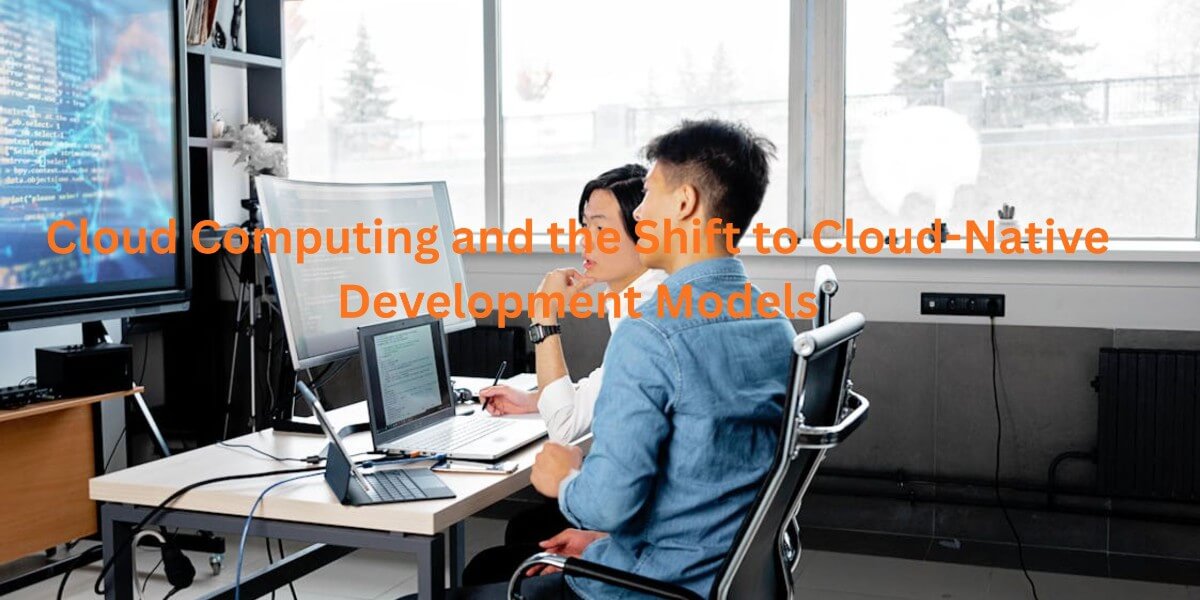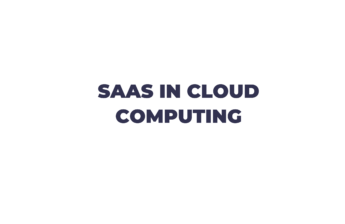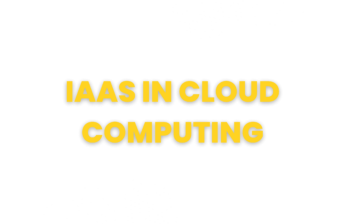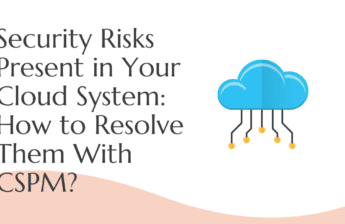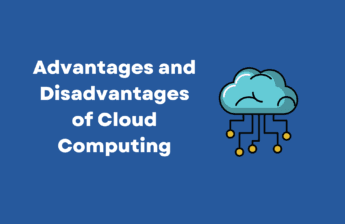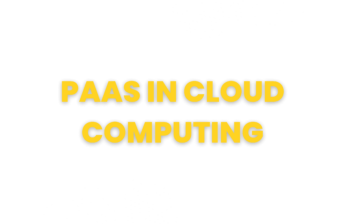Cloud computing has reshaped how organizations think about building and running applications. Instead of treating the cloud as just a hosting option, many teams now see it as the baseline for how software gets designed from the start. Cloud-native development entails using modern practices that let applications grow, adapt, and recover in ways older systems couldn’t.
The focus today is less on “moving to the cloud” and more on how to get the most out of it. Developers, operations teams, and business leaders are aligning their work around environments that can scale on demand, handle distributed workloads, and recover faster when issues arise. It’s a change in mindset as much as it is a change in tools.
Contents
Scalable Environments
One of the top priorities in cloud-native development is creating environments that don’t break down under pressure. Applications need to handle unpredictable loads and growing information flows without forcing constant hardware upgrades. Scalability here is about preparing systems to respond smoothly, whether the demand is a sudden traffic spike, a seasonal surge, or ongoing growth. Building this into the design of applications means developers can focus more on the product and less on the limits of the infrastructure.
Data cloud platforms play a big role in making this possible. They provide a foundation where storage, processing, and analytics can expand without major rework. Instead of managing separate systems for data handling, organizations can use the cloud to unify how information is stored and accessed.
Containerization for Deployment
Deploying applications has often been a messy process, with different environments creating unexpected issues. Containerization has become central to cloud-native models because it gives developers a predictable way to package applications and all their dependencies. This consistency means the same container can run on a developer’s laptop, a testing server, or in production without introducing surprises.
Apart from predictability, containers make scaling and updating simpler. Applications can be broken into smaller parts that can be deployed independently, thus releasing changes quickly. For teams working on products that evolve often, this flexibility reduces delays and supports continuous improvement.
Workload Orchestration
As containers multiply, managing them manually becomes impossible. Orchestration tools step in to coordinate where and how workloads run across a cloud environment. They handle tasks like scheduling, scaling, and failover, which keep applications running efficiently without constant human input. For teams, this reduces the time spent on repetitive management and gives them confidence that workloads are being handled properly.
Instead of overprovisioning infrastructure “just in case,” tools can adjust workloads automatically based on demand. This automation improves performance and also helps control costs, since resources are only consumed when they’re needed.
API-Driven Connectivity
Modern applications need to interact with payment processors, authentication services, messaging platforms, and countless other systems. API-driven connectivity gives developers a clean way to link these services together. As such, it creates a standardized approach for communication that makes applications easier to extend and integrate.
This model also simplifies collaboration across teams. Instead of building every function internally, teams can connect with external services through APIs and focus on their core product. For businesses, this means faster time to market and the ability to adapt quickly when new requirements emerge.
CI/CD Pipelines
Speed of delivery has become a defining factor in software development, and cloud-native models support that through CI/CD pipelines. Continuous integration ensures that new code is tested and merged into the main branch regularly, catching issues before they grow. Continuous delivery then takes those updates and makes deployment a routine, almost automatic process. Together, they keep development moving steadily without long pauses for large releases.
CI/CD also reduces the friction between development and operations. Changes reach production faster, feedback loops tighten, and teams can iterate without waiting weeks or months to see results. This pace also keeps businesses responsive to customer needs and market changes.
Fault-Tolerant Design
No system is perfect, but a fault-tolerant design makes sure that when failures happen, they don’t take down the entire application. In cloud-native environments, this often means distributing workloads across multiple regions, building in automatic failover, and designing services to degrade gracefully instead of stopping altogether. Resilience is built into the architecture rather than treated as an afterthought.
For users, this translates into fewer disruptions and a more reliable experience. For businesses, it reduces the risk of downtime that can damage both revenue and reputation. Cloud-native models give teams the tools to design for failure from the beginning, which makes recovery faster and less complicated when issues inevitably arise.
Dynamic Cost Models
Cloud-native development allows businesses to link spending directly to usage. Instead of paying upfront for servers or resources that might sit idle, organizations can align costs with demand. This creates flexibility in budgeting and helps keep finances predictable even when workloads fluctuate.
Dynamic cost models also encourage teams to think more carefully about how they design applications. When every resource consumed has a cost, efficiency becomes part of the development process.
Edge Capabilities
As applications stretch to serve users in more locations, speed and responsiveness become central. Edge computing expands the reach of the cloud by bringing processing closer to where data is generated. As such, this reduces delays for services like real-time monitoring, connected devices, or applications that depend on fast feedback.
In a cloud-native model, integrating edge capabilities means applications don’t have to rely solely on central servers. Workloads can be distributed to improve both performance and reliability.
Developer Productivity
The shift to cloud-native also changes how teams work. Modern toolchains give developers ways to write, test, and release code faster, often within a single environment.
Collaboration also improves when teams share the same cloud-based tools. Version control, testing, and deployment pipelines become part of a unified workflow. Developers gain speed without losing visibility, and organizations benefit from shorter cycles between idea and delivery.
Multi-Cloud Flexibility
Many organizations now use more than one cloud provider, either to balance risk or to take advantage of specific services. Cloud-native models support this approach by helping distribute workloads across different environments. Multi-cloud strategies improve resilience while giving teams freedom to choose the tools that best fit their needs.
Managing multiple providers does add complexity, but cloud-native practices help reduce that friction. Automation, orchestration, and common standards allow workloads to move more smoothly between clouds.
Microservices Architecture
Breaking applications into microservices has become a defining characteristic of cloud-native development. Each service is responsible for a specific function and can be updated independently of the rest. This separation helps build, scale, and refine applications without disrupting the entire system.
Microservices also allow teams to work in parallel. Different groups can focus on different services, speeding up development and encouraging specialization. The architecture keeps systems flexible and more aligned with how modern businesses need to adapt quickly.
Governance in Cloud Models
As cloud-native adoption grows, governance becomes critical. Policies are needed to guide how resources are used, how data is managed, and how security is enforced. Without clear frameworks, growth can lead to inconsistency or risk.
Effective governance provides structure. With rules in place, teams know how to design, deploy, and manage workloads responsibly. Governance also helps organizations meet compliance requirements while still benefiting from the speed and flexibility of cloud-native practices.
Cloud computing provides the foundation, but the practices layered on top, like containerization, microservices, and CI/CD, shape how teams actually deliver value. What sets cloud-native apart is its focus on readiness and adaptability.

